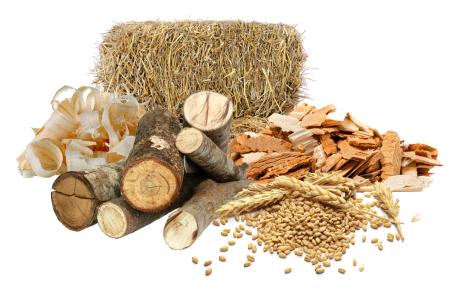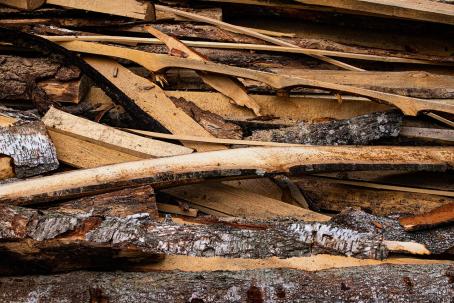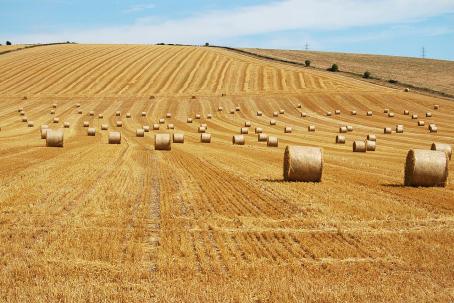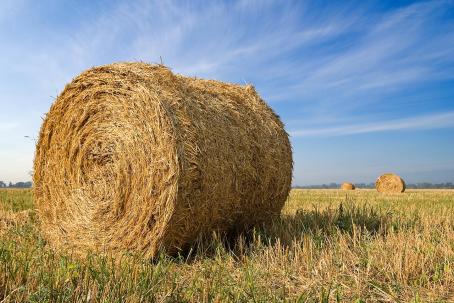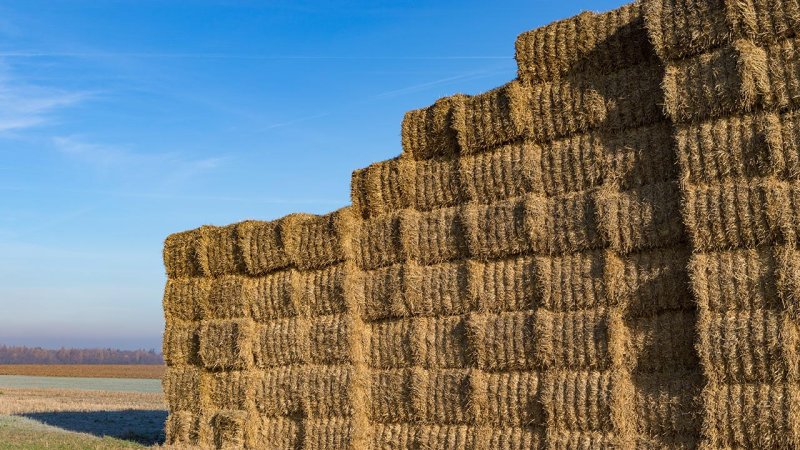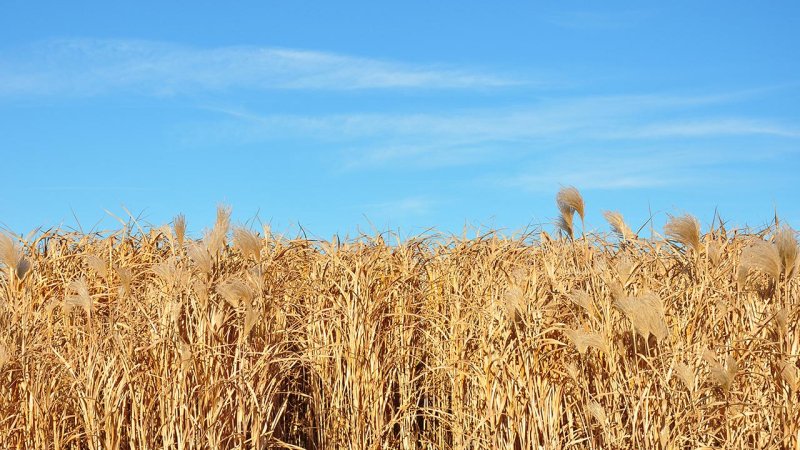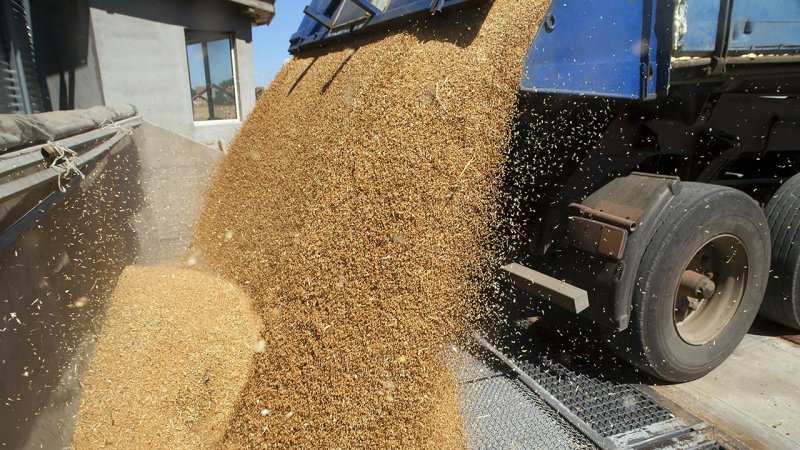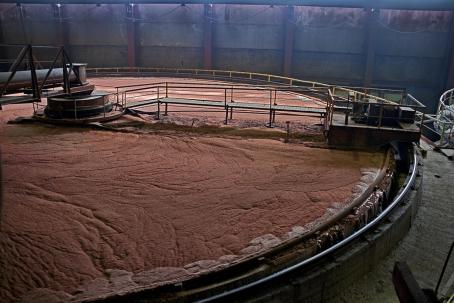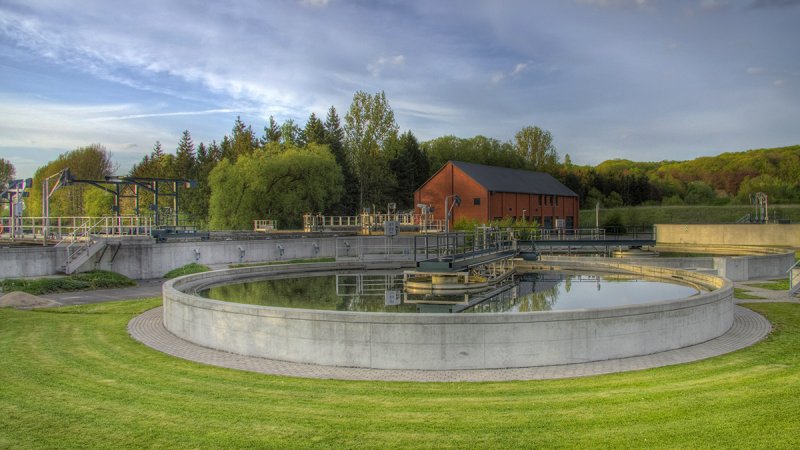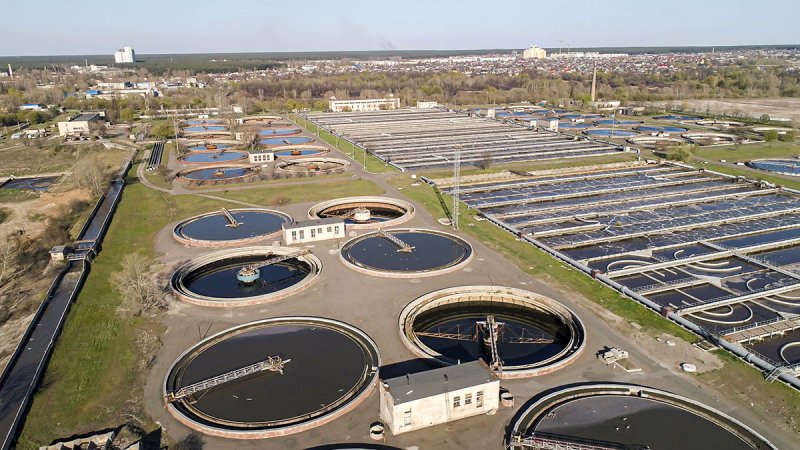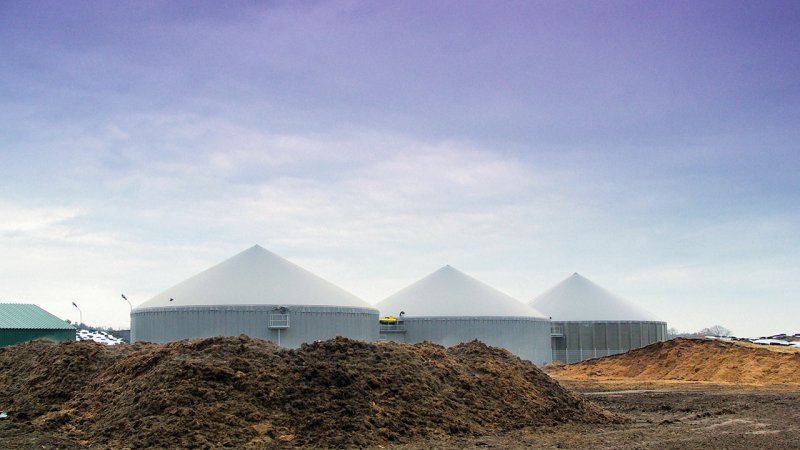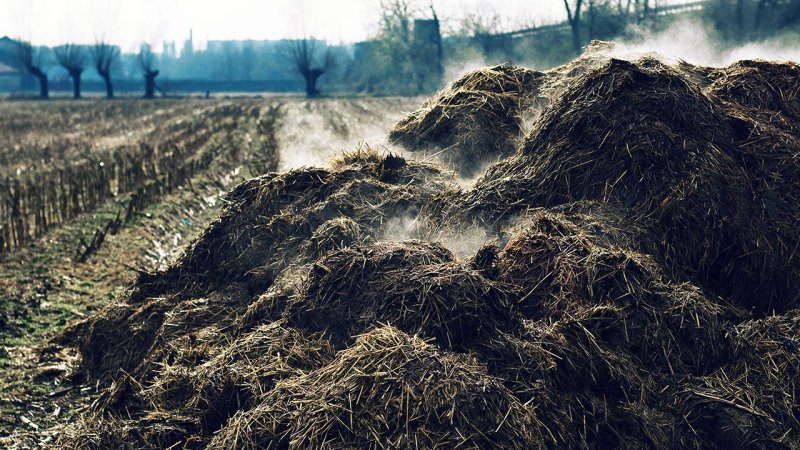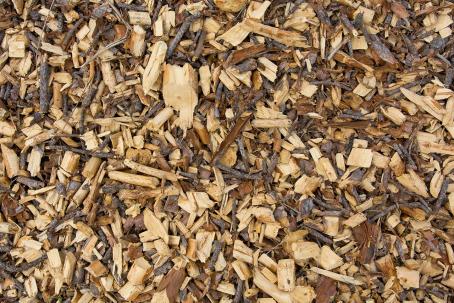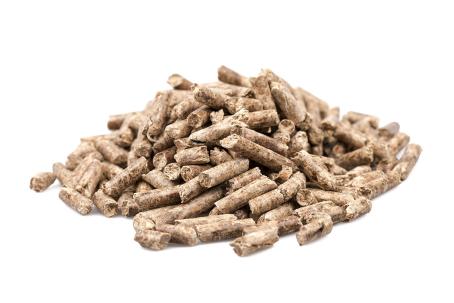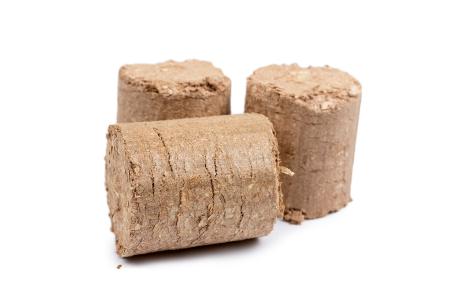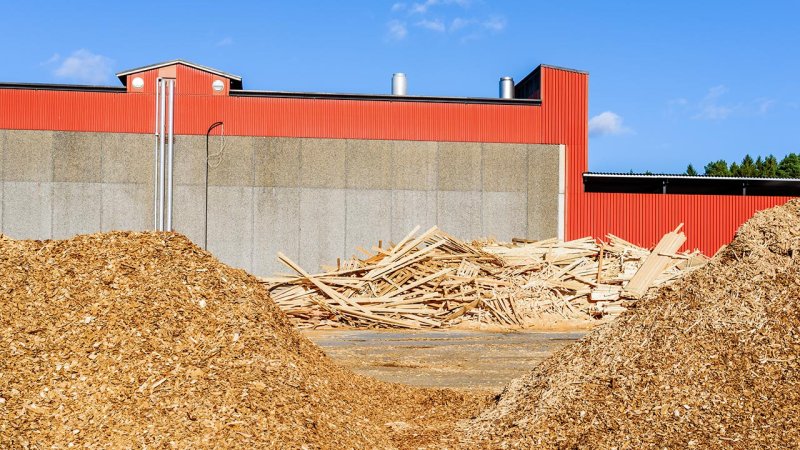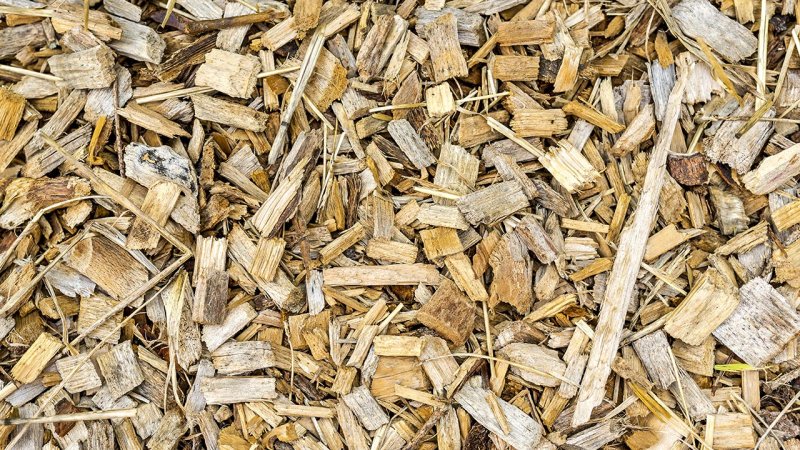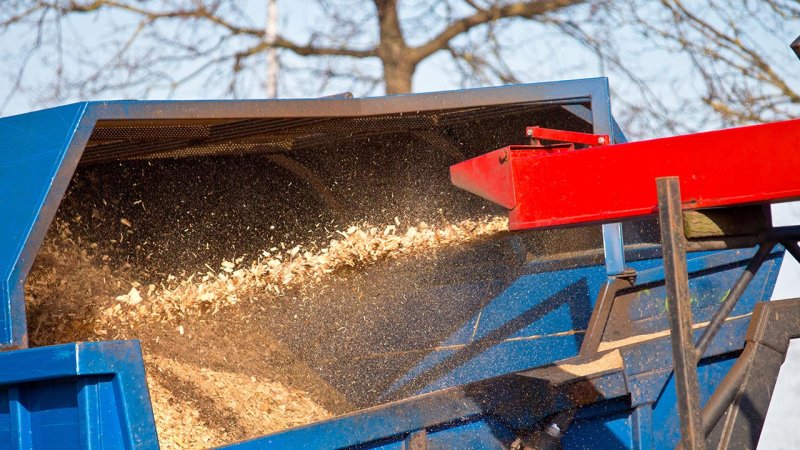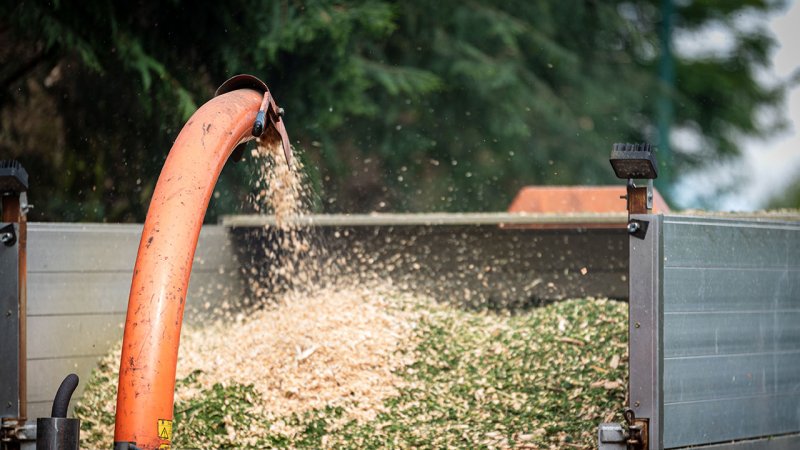
Types and Processing of Biomass
8 min read
Types of Biomass Suitable for Direct Combustion
Burning of biomass is the oldest means of generating energy. Use of wood as a fuel in fireplaces dates back nearly to the beginning of civilization and it is being practiced up to the present day. Although almost three billion of the world’s inhabitants continue burning wood in primitive fireplaces, it is much more advantageous to burn it in state of the art power producing installations. From the viewpoint of thermodynamics, it is even more advantageous to refine the biomass into purer fuels by gasifying it for example, and then using it in power and heating plants.
The main sources of combustible biomass include most importantly wastes from forestry and the woodworking industry, agricultural plant waste but also special plants that are grown just for the purpose of power production.
Waste from forestry and woodworking industry
When harvesting forests, roughly 30% of the wood collected ends up as waste. These are mostly branches, tree tops, stumps and root parts which are useless for woodworking purposes. But this waste, in a form of quality fuel, can contribute remarkably to electricity and heat generation. As the wood is further processed, waste is produced especially during the primary working of the logs at lumber mills and during the production process in woodworking facilities.
Wood mass in the form of bark, sawdust, shavings, chips or cut-offs can be separately burnt in special biomass boilers or, after grinding, it can be added to coal and combusted in conventional boilers in coal fueled power plants.
Another important energetically exploitable waste is black liquor from the paper industry. Wood is soaked in a chemical bath in order to dissolve lignin and to loosen intact cellulose fibers which are necessary for paper production. Then the lignin containing solvent is thickened and burned or gasified.
Agricultural waste
Agricultural waste most notably includes straw from maize and rapeseed and less so unusable grain. Cereal straw with a heating value of around 14 GJ/t can be a valuable fuel. However, not all the straw can be used as fuel. A large portion is used by farmers to feed their animals or for bedding and a part is ploughed on the fields to fertilize future crops. Therefore, it is possible to utilize only 7 to 20% of the straw from planted crops energetically. A significant disadvantage of straw when using it as fuel is its large volume which needs to be transported to the power stations. Also, fuel handling equipment has to be modified, as well as the whole combustion process.
An important fuel source is the straw from rapeseed. It has a higher heating value of about 16 GJ/t and its production is increasing due to the increase in biodiesel production. About 60% of the total amount of rapeseed straw produced can be used effectively.
Pressing sugarcane produces a waste material called bagasse. A portion of this bagasse is used as animal fodder but the remaining 80 to 90% can be used energetically. The heating value of bagasse is 19 GJ/t and the energy produced in its combustion is usually used to power the sugar refineries themselves.
Energetic plants and woody plants grown for fuel
The disadvantage of straw combustion is its large volume and the need to alter the combustion process.
Biomass grown specifically for energetic purposes plays an important part in meeting the needs. These are fast growing plants and energetic wood plants. Extensive plantations of these plants are being set up purposefully on soil that is not used for food production and in various recultivated areas. The biomass coming from these plantations is primarily designated for biofuel production and their use by the power industry. Currently, this non-food agriculture is being subsidized.
Biomass Fermentation
Among the biomass sources that can be processed through controlled anaerobic fermentation in digesters are liquid manure, cow manure, and organic waste from food production, sewage treatment plants and landfills.
Biomass can be found in the form of organic waste that decomposes in the process of fermentation. These are solid municipal wastes deposited at controlled landfills, waste water and sediments from sewage treatment facilities, or waste from animal husbandry and food production. This biomass can be used to produce biogas using controlled fermentation. Biogas, just like natural gas, can be used for heating or generating electricity and heat in cogeneration plants.
Material produced in animal husbandry (liquid pig manure, strawy cow manure, animal processing waste and food production waste) are processed in digesters at biogas stations. Anaerobic (without oxygen) fermentation processes transform this material into quality organic fertilizers and biogas, a fuel consisting mainly of methane and carbon dioxide.
Biogas can also be produced in sewage treatment plants and at specialized landfills where it is called landfill gas.
Mechanic Biomass Treatment
Primary woody mass, produced during logging and during wood processing is further processed into the form of wood chips, pellets or briquettes. Chips are produced by shredding wood wastes whereas pellets and briquettes are produced by pressing. This kind of processing improves the quality of the fuel.
If biomass is to be used in energetic installations, it needs to be processed first. The widest range of possible treatments can be applied to wood biomass. The primary wood material that is produced during logging consists of branches, stumps and treetops. These are shredded into chips still on-site. Transporting the chips to the power plant, storing, drying and batching is thus made easier. The shredders are relatively simple machines with rotating blades which shred the wood into a homogenous chip mass with pieces between 2.5 and 5 cm. Another way of biomass processing is pressing pellets and briquettes. They are mostly made out of wood waste materials from the woodworking industry but they can also contain other materials like paper or coal dust.
Pellets
Pellets are pressed from small material particles in pellet mills. By heating the wood material at a temperature around 100 °C, lignin contained in wood softens and glues the particles without the need for additional glue. The mass is then pressed through circular openings in the die under a pressure of 30 MPa. The produced pellets between 6 to 30 mm in diameter and 1 to 5 cm in length then have a volume of just a tenth of the volume of the introduced material. They contain very little water and their heating value lies between 15 and 20 MJ/kg. Pellets are used as fuel in automatic boilers replacing fossil fuels.
Briquettes
Briquettes are produced in a similar fashion and are used in ovens or fireplaces instead of logs. They vary in shape depending on the type of die used. Toroidal briquettes, similar to larger pellets are produced by the process of screw extrusion where the material is pushed through a pressing chamber using a screw. Mainly straw briquettes are produced using this technology.



